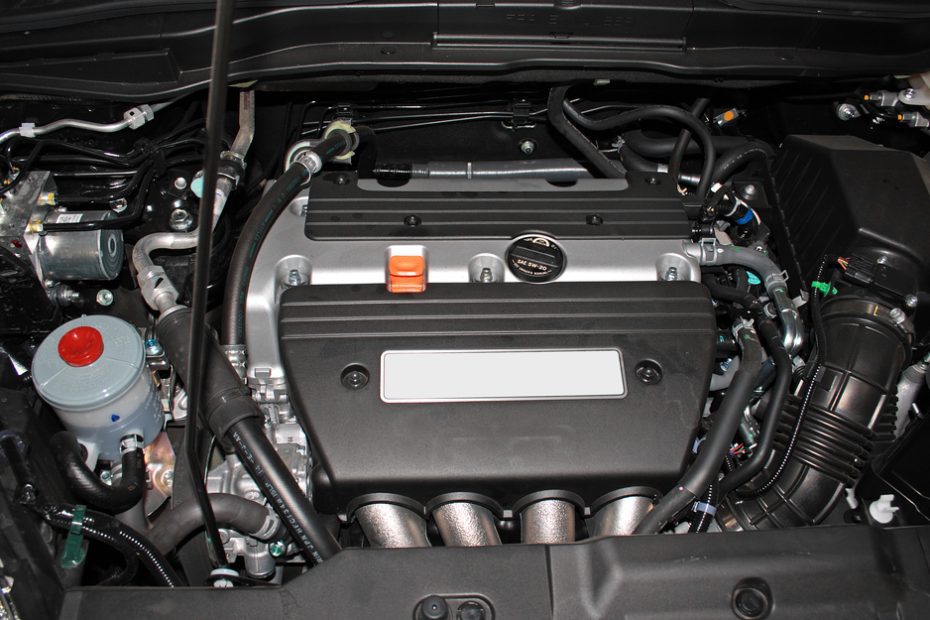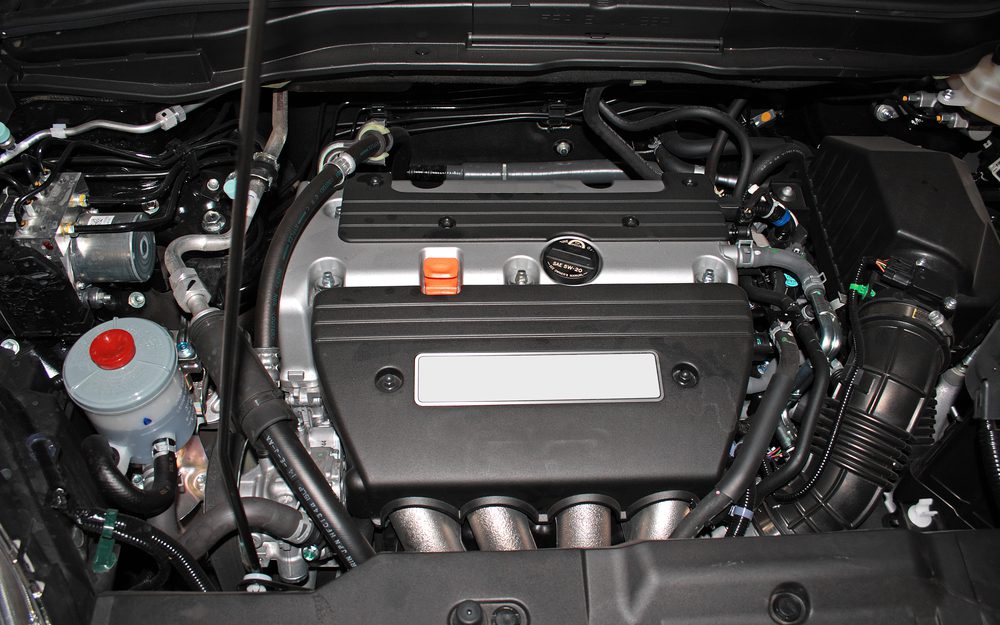Does BCM have fuses?
Introduction
The Body Control Module (BCM) is a vital component in modern vehicles, responsible for controlling and monitoring various electrical systems. It acts as the central hub for communication between different electronic modules in the car. While the BCM plays a crucial role in managing the vehicle’s electrical functions, you may wonder if it has fuses like other components. In this article, we will explore the concept of BCM fuses and their significance in automotive electronics.
The Function of BCM
Before delving into the question of whether the BCM has fuses, let’s first understand its primary function. The BCM serves as an electronic control unit that relays information and commands between various electrical systems, such as the lighting system, power windows, door locks, wipers, and more. It acts as a centralized control center, allowing for efficient communication and coordination between these different systems.
Understanding Fuses
To comprehend the concept of BCM fuses, we must first familiarize ourselves with what fuses are and their purpose. Fuses are safety devices designed to protect electrical circuits from excessive current flow. They act as a barrier, preventing the flow of electricity when the circuit experiences a surge or short circuit. By interrupting the electrical current, fuses prevent damage to the circuitry and the connected components.
BCM and Fuses
Contrary to some misconceptions, the BCM itself does not typically contain individual fuses. Instead, its functions rely on dedicated fuses in other parts of the vehicle. These fuses are located in the fuse box or power distribution center, which can be found in the engine compartment, under the dashboard, or in the trunk, depending on the vehicle’s make and model. These fuses protect various electrical systems that the BCM communicates with.
Importance of BCM-related Fuses
Although the BCM does not have its own fuses, the fuses protecting the systems it controls are essential for its proper functioning. Without these fuses, an electrical fault in one of the systems connected to the BCM could cause damage not only to the respective system but also potentially disrupt the operations of the BCM itself. Therefore, it is crucial to maintain and replace these fuses when necessary, ensuring the continuous and reliable performance of the BCM.
Did you know? The BCM can often be programmed or reprogrammed to accommodate additional features or changes in the vehicle’s electrical system, making it a versatile component in modern cars.
Where is the Body Control Module fuse box?
The Body Control Module (BCM) is an essential component in modern vehicles as it helps manage various electrical systems, such as door locks, windows, lighting, and more. While the BCM itself doesn’t have fuses, it is connected to a fuse box that houses the fuses for the BCM-related circuits.
Finding the Body Control Module fuse box
To locate the Body Control Module fuse box in your vehicle, you need to refer to the owner’s manual or the vehicle’s service documentation. The exact location can vary depending on the make and model of your car.
In most vehicles, the BCM fuse box is located either under the dashboard on the driver’s side or in the engine compartment. It is typically labeled to indicate the specific circuits that are controlled by the BCM. Refer to the labeling and identify the fuse corresponding to the specific system or circuit that you are troubleshooting.
Checking the fuses
Once you have located the BCM fuse box, you can start checking the fuses to determine if any of them are blown. Blown fuses can cause malfunctions in the associated electrical systems controlled by the BCM.
To check the fuses, follow these steps:
- Turn off the ignition and remove the key.
- Open the fuse box cover.
- Refer to the diagram or labeling inside the fuse box cover to identify the fuse corresponding to the BCM or the specific system you are diagnosing.
- Gently pull out the fuse using a fuse puller or a pair of needle-nose pliers.
- Inspect the fuse for any signs of damage or a broken filament.
- If the fuse is blown, replace it with a new one of the same rating.
- Close the fuse box cover and start the vehicle to test the repaired system.
Remember to always use the correct fuse rating as specified by the manufacturer. Using a higher or lower rated fuse can cause further damage or even pose a safety risk.
Note: If you are unsure about handling fuses or troubleshooting electrical systems, it is recommended to seek assistance from a qualified mechanic or an automotive professional.
By locating and checking the fuses in the Body Control Module fuse box, you can effectively diagnose and resolve any issues related to the BCM-controlled systems in your vehicle. Proper maintenance and timely fuse replacements can help ensure the smooth operation of these electrical systems.
What is a Body Control Module Fuse?
A body control module fuse, also known as a BCM fuse, is a safety device that protects the body control module (BCM) of a vehicle from electrical damage. The BCM is responsible for controlling various electrical functions in a car, such as the interior lights, power windows, and door locks. It acts as the central hub for communication between different electronic systems in the vehicle.
The BCM fuse is designed to protect the BCM by blowing or tripping when there is an electrical overload or short circuit. When a fuse blows, it cuts off the electrical current to the affected circuit, preventing any further damage to the BCM or other components.
Importance of BCM Fuses
BCM fuses are essential for maintaining the proper functioning of the electrical systems in a vehicle. Without these fuses, the BCM and other critical components could be at risk of damage from electrical surges or faults.
Types of BCM Fuses
There are different types of BCM fuses depending on the make and model of the vehicle. Some vehicles have individual fuses for each electrical function controlled by the BCM, while others may have a single fuse that protects multiple circuits. The exact location and size of the BCM fuse can vary, so it is important to consult the vehicle’s manual or seek professional advice to locate and replace a blown fuse.
Replacing a Blown BCM Fuse
If a specific electrical function controlled by the BCM stops working, it may indicate a blown fuse. To replace a blown BCM fuse, follow these steps:
- Turn off the ignition and make sure all electrical components are switched off.
- Locate the fuse box, usually found in the engine compartment or under the dashboard.
- Refer to the vehicle’s manual or fuse box cover to identify the location of the BCM fuse.
- Using a fuse puller or needle-nose pliers, carefully remove the blown fuse.
- Inspect the fuse to confirm it is blown (a broken wire inside the fuse).
- Replace the blown fuse with a new one of the same amperage rating.
- Push the new fuse firmly into the slot until it is secure.
- Test the electrical function to ensure it is working properly.
“Regularly checking and replacing blown BCM fuses can help prevent further damage to the vehicle’s electrical system.”
What does the BCM fuse control?
In order to understand the role of the BCM fuse, it is important to first understand what the BCM (Body Control Module) is. The BCM is a central electronic control unit that manages various electrical functions in a vehicle, such as interior and exterior lighting, power windows, door locks, and the alarm system.
The BCM fuse is responsible for protecting the BCM from electrical surges and short circuits. It acts as a safety measure to prevent damage to the module, which is crucial in maintaining the functionality of the vehicle’s electrical systems.
Functions controlled by the BCM fuse:
- Interior lighting: The BCM fuse controls the interior lighting of the vehicle, including the dome lights, reading lights, and dashboard illumination.
- Exterior lighting: The BCM fuse also controls the exterior lighting, such as headlights, taillights, turn signals, and brake lights. It ensures proper operation and safety on the road.
- Power windows: The BCM fuse allows the BCM to manage the power windows, enabling their opening and closing functions.
- Door locks: The BCM is responsible for controlling the central locking system of the vehicle. This includes the unlocking and locking of all doors.
- Alarm system: The BCM fuse plays a role in the activation and deactivation of the vehicle’s alarm system, ensuring security and protection against theft.
The BCM fuse is a vital component in ensuring the proper functioning of these various electrical systems in a vehicle. If the fuse blows or becomes faulty, it can lead to malfunctions or complete failure of the aforementioned functions. In such cases, it is important to replace the fuse with the correct rating to restore proper functionality.
It is recommended to consult the vehicle’s owner manual or seek professional assistance to identify the specific location and rating of the BCM fuse.
In conclusion, the BCM fuse is a crucial part of the electrical system in a vehicle, responsible for protecting the BCM and ensuring the proper functioning of interior and exterior lighting, power windows, door locks, and the alarm system. Taking care of this fuse is essential to maintain the overall performance and safety of the vehicle.
Conclusion
BCM fuses play a crucial role in protecting the body control module and other electrical components in a vehicle. By understanding their importance and knowing how to replace a blown fuse, car owners can ensure the proper functioning of their vehicle’s electrical systems and avoid costly repairs.



